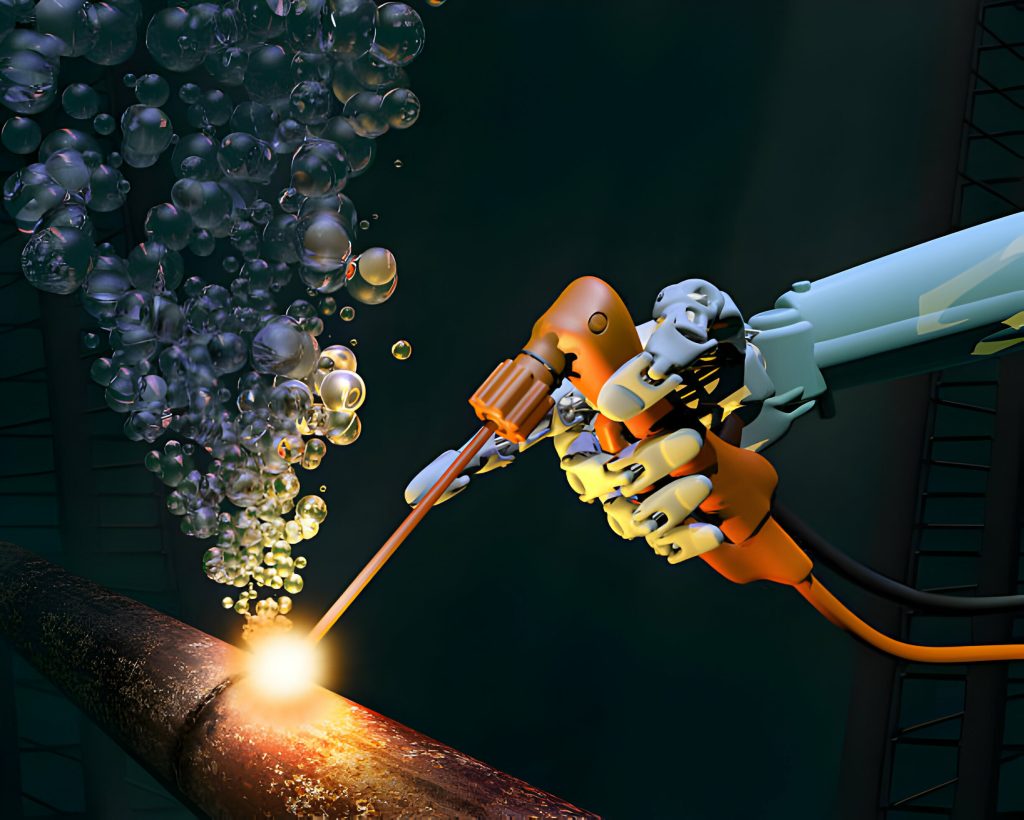They are fundamental for building basic foundation, including spans, oil rigs, wind ranches, and undersea pipelines. In any case, these undertakings face various difficulties because of the special climate of the sea. This article investigates the essential difficulties of submerged development and the imaginative arrangements architects and development organizations are utilizing to defeat them. At critical profundities, jumpers face decompression ailment, otherwise called “the curves,” as well as restricted perceivability and correspondence.
The submerged climate is famously erratic. Solid flows, outrageous water pressure, and fluctuating temperatures present critical hindrances for development groups. These circumstances make it challenging for laborers and hardware to work proficiently, particularly at extraordinary profundities. Derivation Insight: “pressure” comes from the Latin *pressura, signifying “to push down,” which is precisely exact thing submerged specialists experience because of the heaviness of water above them.
Building in distant submerged areas is strategically difficult. Hardware and work force should be moved to and from the site, frequently requiring particular vessels. The further the building site, the more troublesome and costly it becomes to get to. Gear should endure high tension and consumption brought about by saltwater. Indeed, even particular materials like cement can debase over the long haul.

Submerged development can adversely affect marine biological systems. Digging, heap driving, and different exercises upset natural surroundings and create clamor contamination, which can influence the way of behaving and soundness of marine species like fish, dolphins, and whales.
Submerged development frequently includes upsetting the seabed, which works up silt. This dregs can cloud the water, lessening perceivability for laborers and hurting marine plants and creatures by obstructing daylight or stopping up gills. Also, development exercises might deliver poisons into the water, further corrupting water quality.
Unfortunate water quality influences both the quick building site and encompassing biological systems, with long haul consequences for nearby fisheries and the travel industry.
Conveying submerged is troublesome because of the failure of radio waves to send productively through water. This restricts the capacity of jumpers and laborers to get ongoing guidelines or criticism from surface groups.
Disturbance to marine life hurts biodiversity as well as abuses natural guidelines, prompting fines or undertaking closures. The submerged climate is cruel on hardware, prompting continuous breakdowns or the requirement for upkeep.
Gear disappointment can prompt exorbitant postponements and power tasks to stop while fixes are made or new devices are shipped to the site. Saltwater consumption, pressure harm, and the impacts of marine development (like barnacles) can corrupt hardware quicker than in normal development conditions.
To check the cruel ecological circumstances, engineers utilize progressed materials explicitly intended for submerged applications. High-strength concrete, erosion safe combinations, and defensive coatings broaden the life expectancy of designs and gear in submerged conditions.
Automated frameworks, including Remotely Worked Vehicles (ROVs) and Independent Submerged Vehicles (AUVs), are generally utilized in submerged development. These machines can work in dangerous or difficult to-arrive at conditions, essentially lessening the requirement for human jumpers.
